
Fransicea japonica - Plant
(MRP Inclusive of all taxes)
- Shipping ₹79 for entire order
- Dispatch in 7 days
- Country of origin: India

(MRP Inclusive of all taxes)
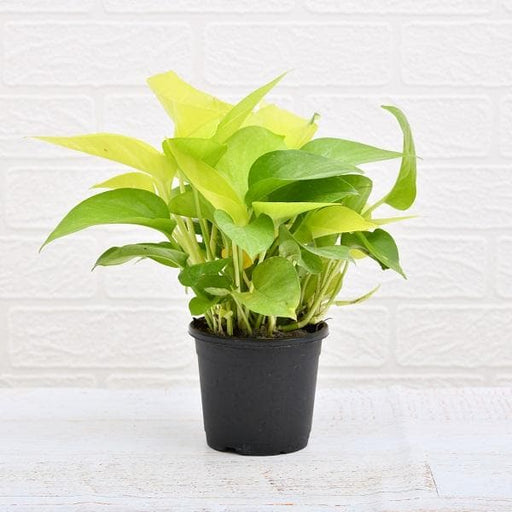 Save 29%
Save 29%
Air Purifier Money Plant with Pot The Air Purifier Money Plant, also known as Pothos or Epipremnum aureum, is a stunning indoor plant that...
View full details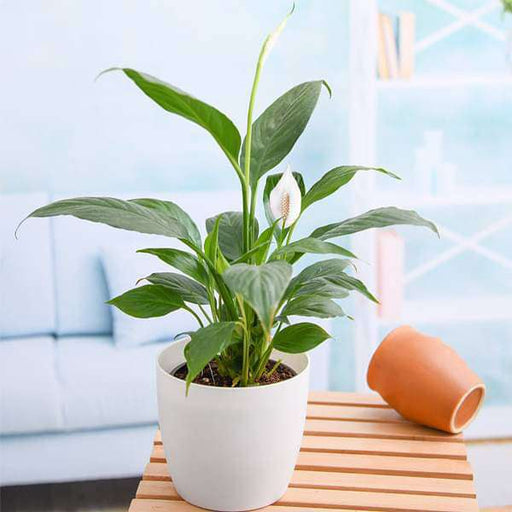
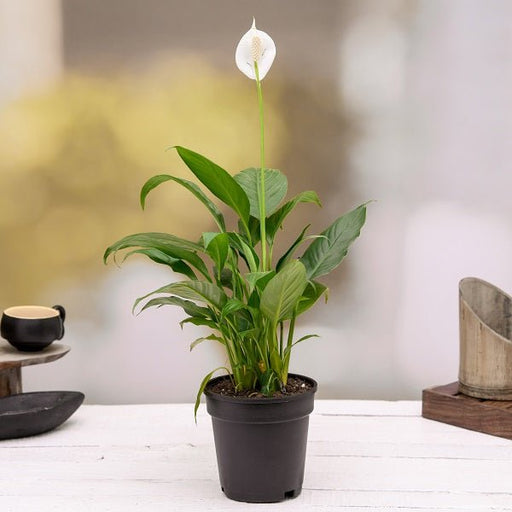 Save up to 15%
Save up to 15%
Peace Lily, Spathiphyllum - Plant The Peace Lily, scientifically known as Spathiphyllum, is a stunning houseplant celebrated for its elegant white...
View full details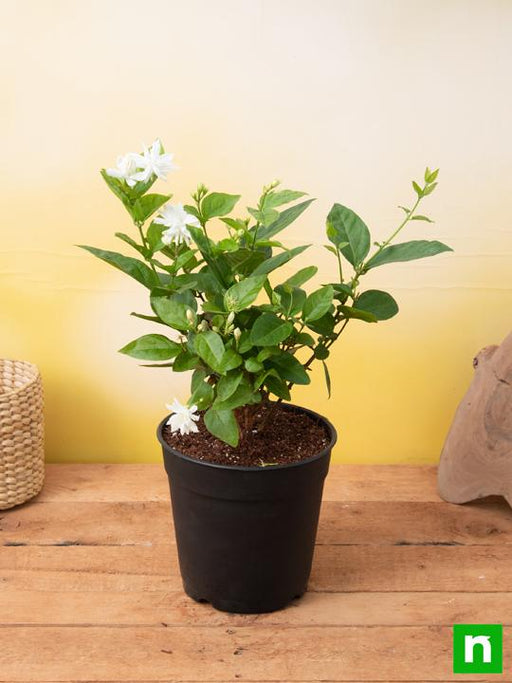
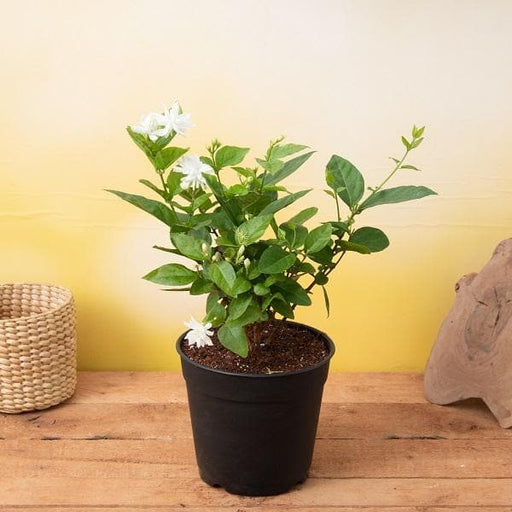 Save 25%
Save 25%
Jasminum sambac, Mogra, Arabian Jasmine - Plant Jasminum sambac, commonly known as Mogra or Arabian Jasmine, is a fragrant flowering plant...
View full details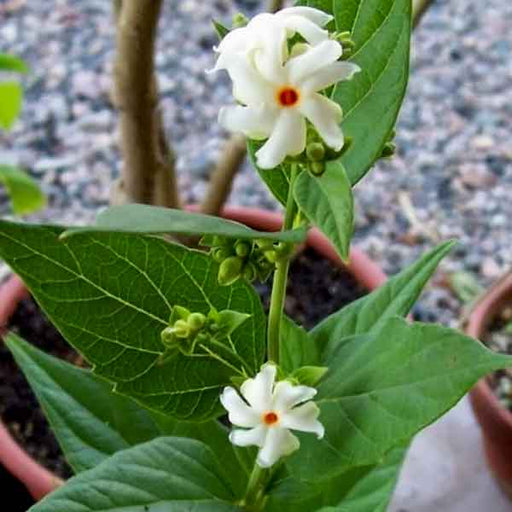
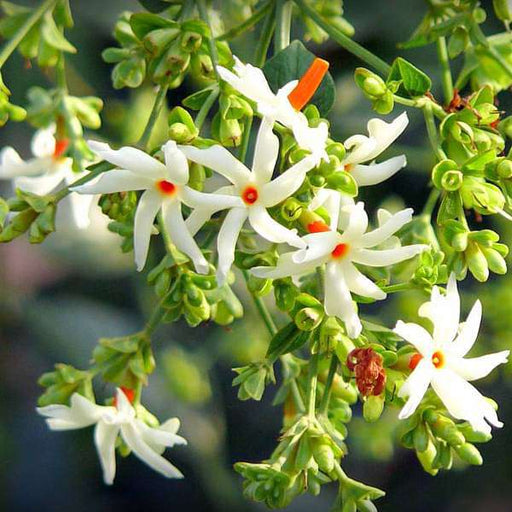 Save 18%
Save 18%
Combo Constituents Includes the Parijat Tree (Night-Flowering Jasmine), a culturally significant plant with fragrant flowers. Description The Pari...
View full details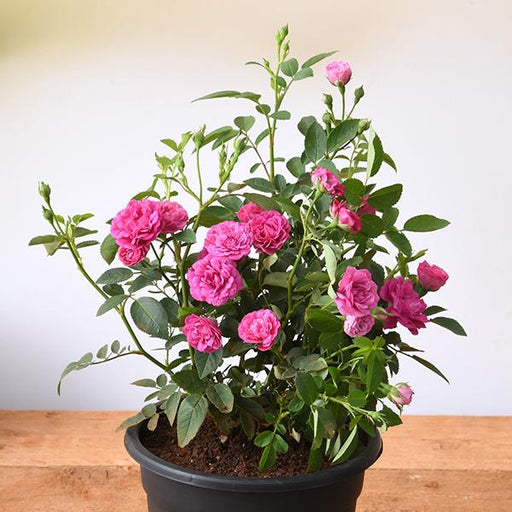
 Save 25%
Save 25%
Miniature Rose, Button Rose (Any Color) - Plant The Miniature Rose, also known as the Button Rose, is a charming and compact flowering plant that ...
View full details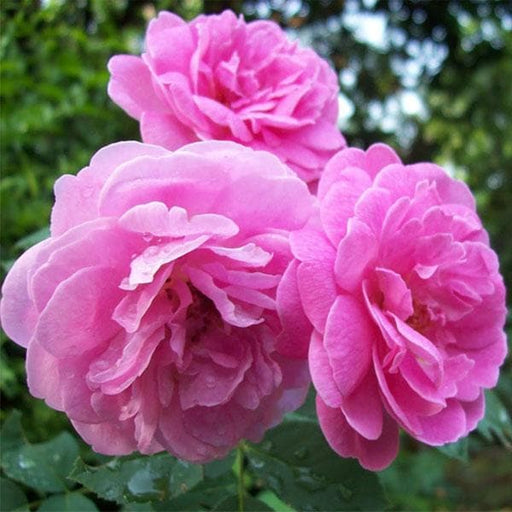 Save 25%
Save 25%
Damascus Rose, Scented Rose (Any Color) - Plant The Damascus Rose, also known as Rosa damascena, is a timeless symbol of beauty and romanc...
View full details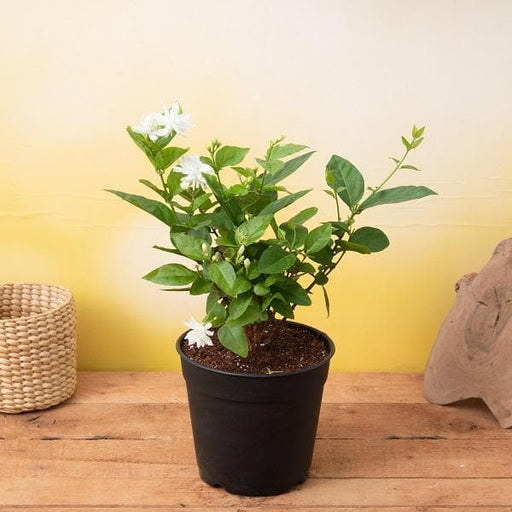
 Save 17%
Save 17%
Beautiful Fragrant Mogra, Arabian Jasmine Plant with Pot The Beautiful Fragrant Mogra, also known as Arabian Jasmine (Jasminum sambac), is...
View full details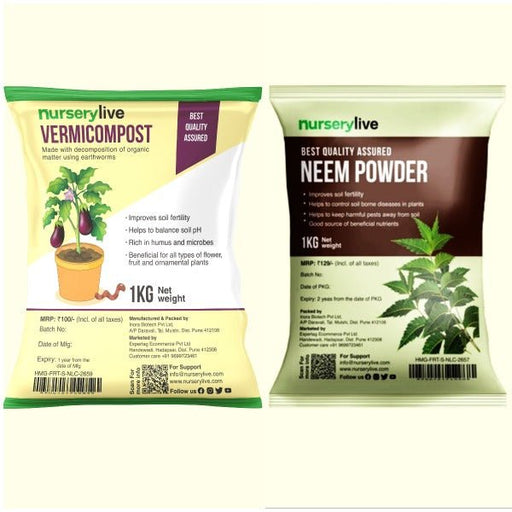 Save 15%
Save 15%
Pack of Vermicompost and Neem Cake for House Plants Transform your indoor garden with our premium Pack of Vermicompost and Neem Cake, spec...
View full details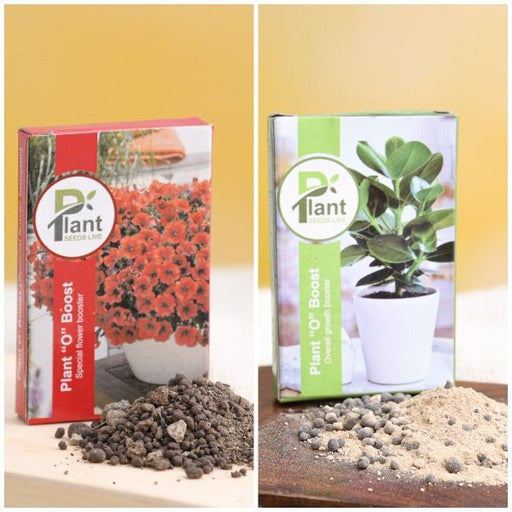
Pack of Plant Growth and Flower Boosters Unlock the full potential of your garden with our Pack of Plant Growth and Flower Boosters! This ...
View full details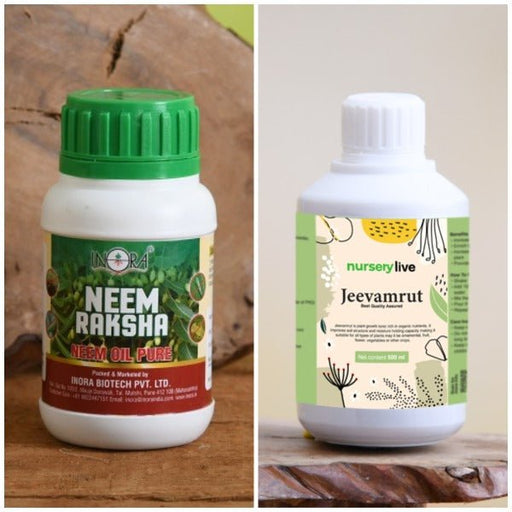 Save 38%
Save 38%
Combo of Jeevamrut and Neem Raksha for Easy Growth and Protection of Houseplants Transform your indoor garden with our exclusive combo of ...
View full details Save 22%
Save 22%
Plant Nutrients Kit (Pack of 16) for a Healthy Garden Transform your garden into a lush paradise with our Plant Nutrients Kit, featuring 1...
View full details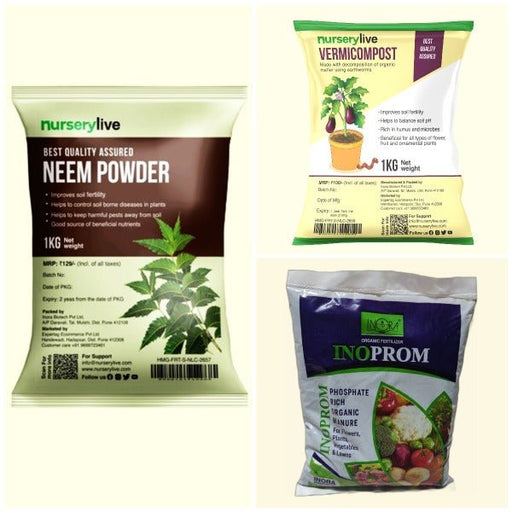 Save 16%
Save 16%
Combo of Top Plant Fertilizers Elevate your gardening game with our exclusive Combo of Top Plant Fertilizers, featuring two bags of premiu...
View full details Save 24%
Save 24%
Pack of 4 Additives to Make Soil Healthy and Nutrient Rich Transform your garden into a thriving ecosystem with our Pack of 4 Additives de...
View full details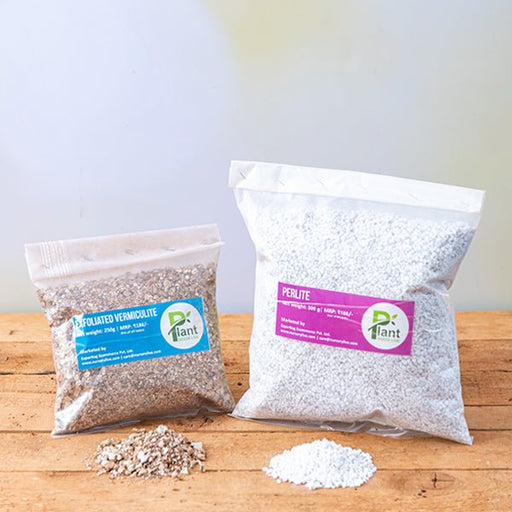 Save 30%
Save 30%
Transform your gardening experience with our premium Combo of Perlite and Vermiculite. This unique blend is designed to enhance soil aeration and ...
View full details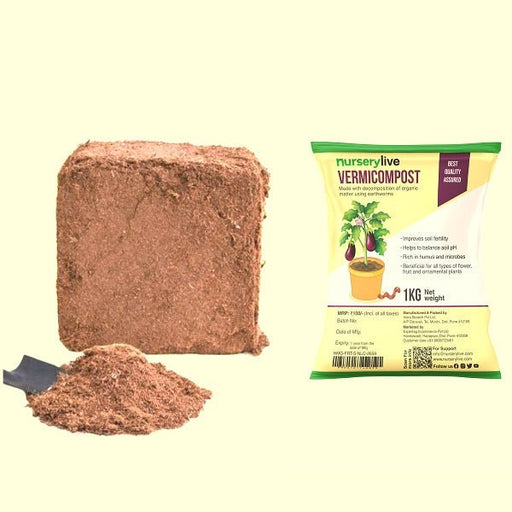 Save 27%
Save 27%
Combo of 2 Vermicompost and Cocopeat - Enrich Your Soil Naturally! Transform your garden into a thriving ecosystem with our Combo of 2 Ver...
View full details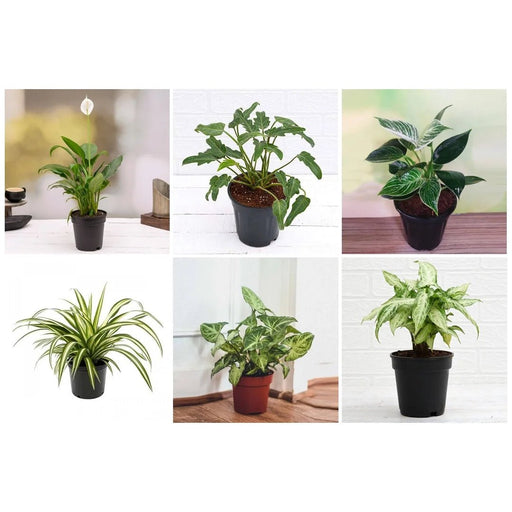
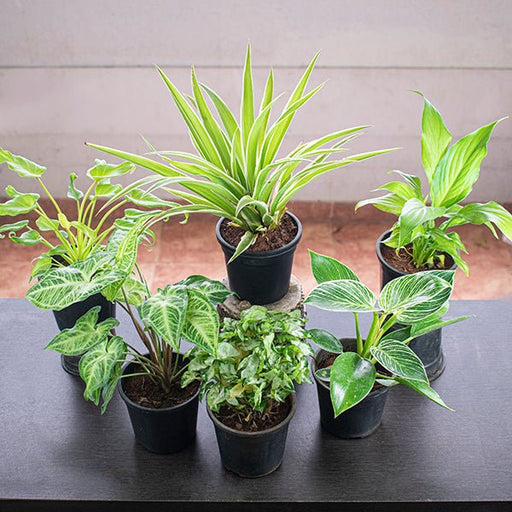 Save 35%
Save 35%
Best 6 Plants for Perfect Indoor Garden Transform your living space into a lush oasis with our curated collection of the Best 6 Plants for a...
View full details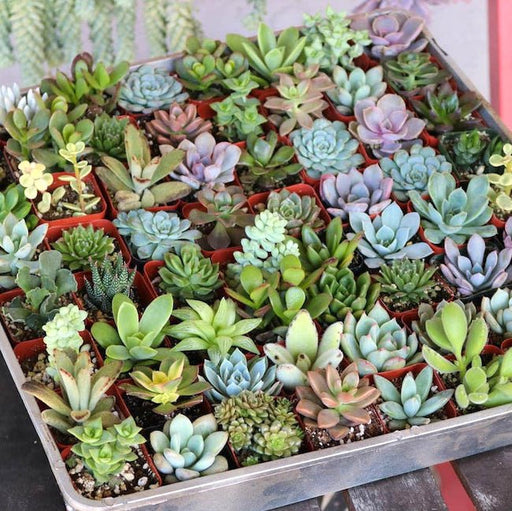
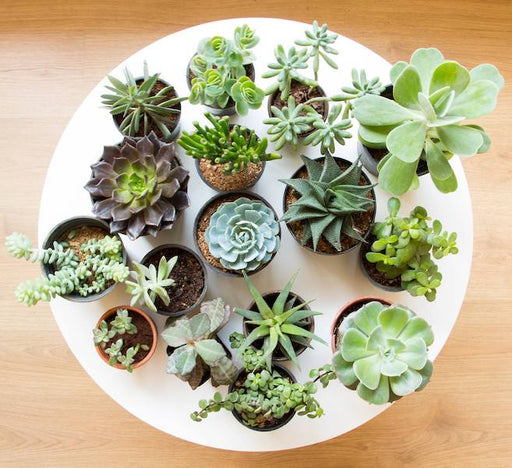 Save up to 50%
Save up to 50%
Mini Succulent Garden Pack Transform your space with our Mini Succulent Garden Pack, featuring a delightful collection of 4 any variety beautiful s...
View full details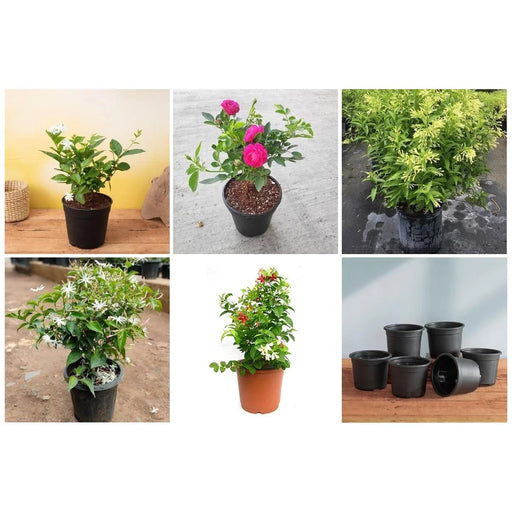
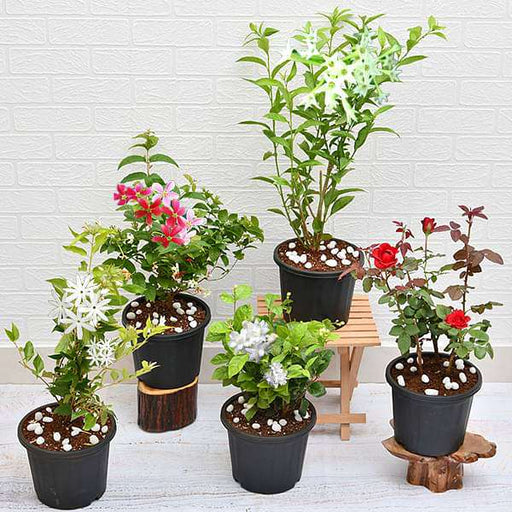 Save 30%
Save 30%
5 Best Fragrant Plants Transform your garden or indoor space into a fragrant paradise with our curated selection of the 5 Best Fragrant Plants. Th...
View full details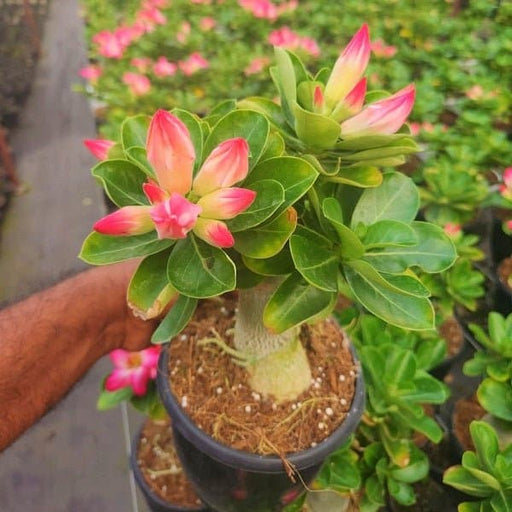
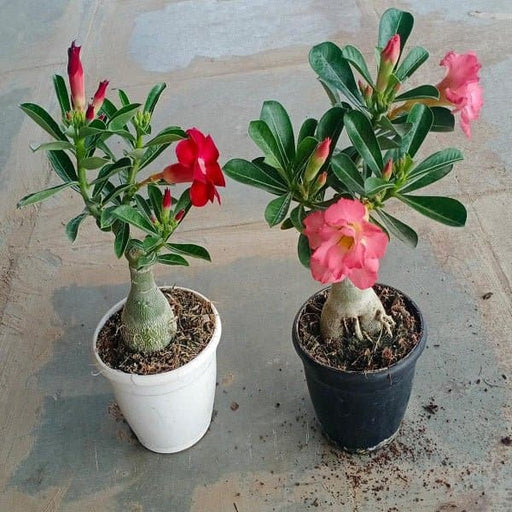 Save 24%
Save 24%
Set of 2 Bonsai Looking Grafted Adeniums Transform your indoor or outdoor space with our exquisite Set of 2 Bonsai Looking Grafted Adenium...
View full details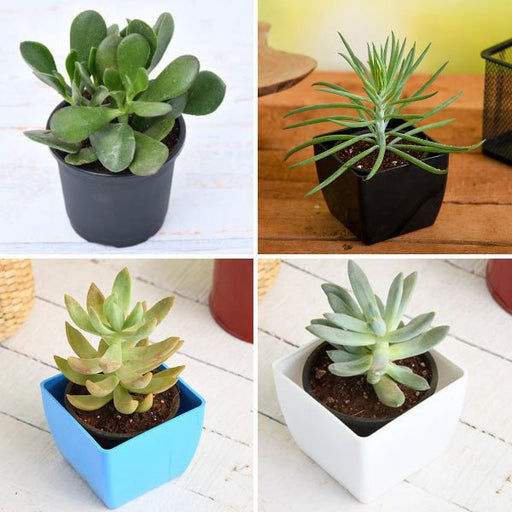 Save 45%
Save 45%
Top 4 Die Hard Succulents Pack Transform your indoor or outdoor space with our Top 4 Die Hard Succulents Pack, featuring a curated selecti...
View full details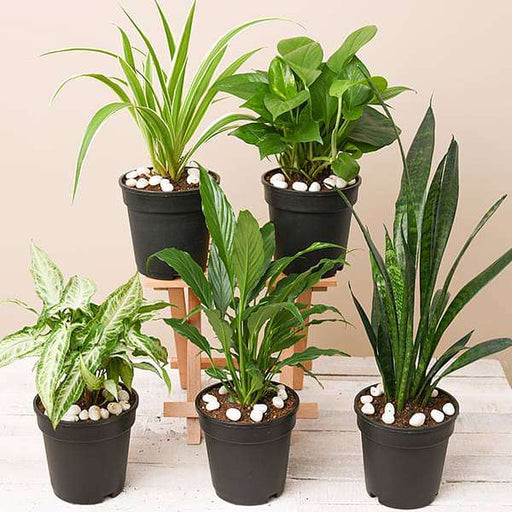
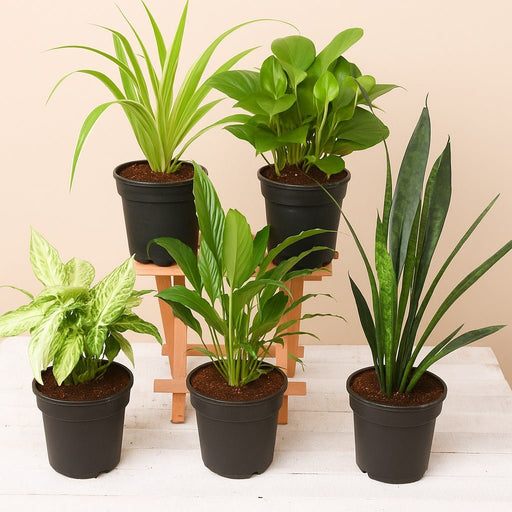 Save 30%
Save 30%
5 Best Indoor Plants Pack Transform your living space into a lush oasis with our '5 Best Indoor Plants Pack.' This carefully curated collection fe...
View full details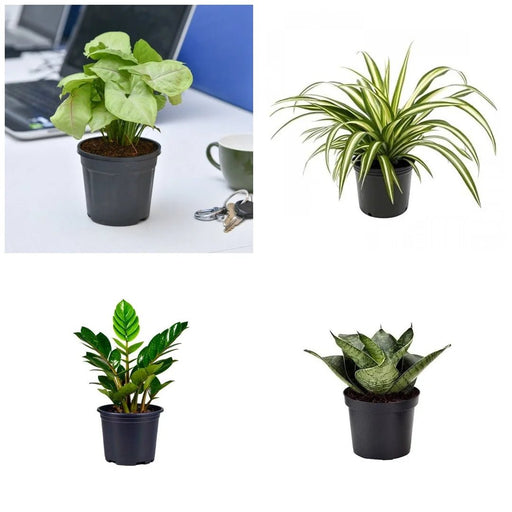
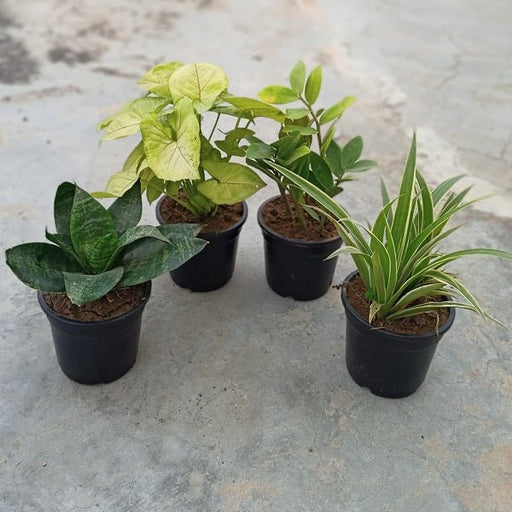 Save 25%
Save 25%
Set of 4 Evergreen Air Purifier Plant Pack Transform your indoor space into a lush, green oasis with our Set of 4 Evergreen Air Purifier Pla...
View full details| SrNo | Item Name |
|---|---|
| 1 | Fransicea japonica - Plant |
Fransicea japonica, commonly known as Japanese Frangipani, is a stunning perennial plant native to Japan. This evergreen shrub is celebrated for its glossy, dark green leaves and fragrant, creamy-white flowers that bloom in clusters, adding a touch of elegance to any garden. With its ability to thrive in various climates, Fransicea japonica is a favorite among gardeners and landscape designers alike.
What makes Fransicea japonica truly special is its adaptability and resilience. This plant not only enhances the aesthetic appeal of your outdoor space but also attracts pollinators like bees and butterflies, contributing positively to the local ecosystem. Its unique ability to tolerate drought conditions makes it an excellent choice for sustainable gardening.
One of the standout features of Fransicea japonica is its long blooming season, which can last from late spring to early fall. The flowers emit a delightful fragrance, making it a perfect addition to gardens, patios, and balconies. Additionally, its dense foliage provides excellent privacy and windbreak, making it a versatile choice for various landscaping needs.
By planting Fransicea japonica, you contribute to the local ecosystem by providing habitat and food for pollinators. Its drought-resistant nature also helps conserve water, making it a sustainable choice for modern gardens.
Taking care of your Fransicea japonica is like nurturing a diva; it demands attention but rewards you with stunning foliage. This plant thrives in well-drained soil and loves a good drink, but don’t drown it—think of it as a plant that enjoys a spa day, not a swim. Regular pruning will keep it looking fabulous, and a sprinkle of fertilizer during the growing season will make it feel like royalty.
If you’re looking for a plant that grows faster than your neighbor’s gossip, Fransicea japonica is your go-to. This beauty can reach impressive heights in just a few years, making it a showstopper in any garden. Just remember, with great height comes great responsibility—keep it pruned and in check, or it might just overshadow your other plants.
Propagating Fransicea japonica is like playing plant matchmaker. You can take cuttings or divide the roots, and soon enough, you’ll have a mini-forest of these beauties. Just ensure you give them the right conditions to thrive, and before you know it, you’ll be the proud parent of multiple Fransicea japonica plants, ready to take over your garden.
This plant is a bit of a soil snob; it prefers well-draining, loamy soil that’s rich in organic matter. Think of it as a plant that enjoys a five-star hotel experience. If your soil is too compact or heavy, it might just sulk and refuse to grow. So, give it the luxury it deserves, and watch it flourish.
Fransicea japonica is a sun worshipper, but it doesn’t want to be scorched. It thrives in partial to full sunlight, basking in the rays like it’s on a tropical vacation. Just be cautious during the hottest part of the day; too much sun can lead to crispy leaves. A little shade during peak hours will keep it happy and healthy.
Like any good drama, pests can be a real nuisance for your Fransicea japonica. Aphids and spider mites might try to crash the party, but with a little vigilance and some organic pest control, you can send them packing. Keep an eye out for any signs of trouble, and your plant will remain the belle of the botanical ball.
Fertilizing your Fransicea japonica is like giving it a gourmet meal. A balanced fertilizer during the growing season will keep it nourished and thriving. Just don’t overdo it; too much fertilizer can lead to a plant that’s all show and no substance. Think of it as a balanced diet—your plant will thank you for it.
This plant is a bit of a homebody, preferring to stay in USDA hardiness zones 5 to 9. If you live outside these zones, it might not be the best fit for your garden. But if you’re in the right zone, it’s like having a reliable friend who’s always there to brighten your day with its vibrant foliage.
If you’re looking to spice up your garden, Fransicea japonica is the perfect addition. Its lush leaves and striking presence can be used as a focal point or as part of a mixed border. Pair it with other plants that complement its beauty, and you’ll create a garden that’s the envy of the neighborhood.
Just like humans, plants can get sick too. Fransicea japonica is susceptible to a few diseases, including root rot and leaf spot. Keeping an eye on watering practices and ensuring good air circulation can help prevent these issues. Think of it as a wellness check for your plant—regular maintenance will keep it in tip-top shape.
Watching your Fransicea japonica change with the seasons is like witnessing a fashion show. In spring, it bursts forth with fresh growth, while summer brings lush greenery. As autumn approaches, it may flaunt some stunning color changes, making it a year-round star in your garden. Embrace these seasonal transformations and enjoy the show.
Choosing the right companions for your Fransicea japonica is like assembling a dream team. It pairs beautifully with other shade-loving plants, creating a harmonious garden vibe. Think hostas, ferns, or even some colorful annuals to add a pop of color. Together, they’ll create a garden that’s not just pretty but also a thriving ecosystem.
Fransicea japonica, also known as the Japanese beauty, is a stunning perennial that brings a touch of elegance to any garden. With its lush foliage and vibrant blooms, it’s like the fashionista of the plant world, always ready to steal the spotlight and make your neighbors green with envy.
Caring for Fransicea japonica is as easy as pie! Just give it well-drained soil, moderate watering, and a sprinkle of sunlight. It thrives on neglect, so don’t worry if you forget to pamper it. Just remember, it loves a good chat—talk to it while you garden!
Fransicea japonica prefers a cozy spot with partial shade and well-drained soil. Think of it as a diva that enjoys a little sun but doesn’t want to be scorched. Keep it away from harsh winds, and it’ll reward you with a fabulous display of blooms!
Fransicea japonica blooms in late spring to early summer, putting on a floral show that rivals any summer blockbuster. Its colorful flowers are like confetti at a party, bringing joy and cheer to your garden. Just be ready to take a million pictures!
Yes, Fransicea japonica is a tough cookie! It can survive winter, but a little protection goes a long way. Mulch around the base to keep its roots cozy, and it’ll bounce back in spring like it just had a spa day. Who doesn’t love a good comeback
Absolutely! Fransicea japonica is like the bouncer of your garden, keeping pesky deer at bay. Its aromatic leaves are not on the deer’s menu, making it a smart choice for those who want to keep their garden intact. Let the deer munch elsewhere!
Watering Fransicea japonica is a balancing act. Aim for once a week, allowing the soil to dry out between drinks. It’s like giving it a refreshing cocktail—too much, and it’ll get tipsy; too little, and it’ll be parched. Moderation is key!
Yes, you can! Propagating Fransicea japonica is like sharing the love. You can do it through division in spring or summer. Just dig up a clump, separate it, and replant. Soon, you’ll have a mini army of these beauties taking over your garden!
Keep an eye out for aphids and spider mites—they’re the uninvited guests at the plant party. A gentle spray of water or insecticidal soap can send them packing. Remember, a healthy plant is a happy plant, so keep it thriving and pest-free!
Absolutely! Fransicea japonica loves a good pot party. Just ensure the container has drainage holes and use quality potting mix. It’ll thrive in its cozy home, adding a splash of color to your patio or balcony. Who says you need a garden to enjoy this beauty
Fransicea japonica is a moderate grower, taking its sweet time to reach full glory. Expect it to grow about 1 to 2 feet tall and wide over a few years. Patience is a virtue, and the wait will be worth it when it finally blooms!
While Fransicea japonica prefers a bit of moisture, it can handle short droughts like a champ. Just don’t leave it high and dry for too long; it’s not a cactus! A little love in the form of occasional watering will keep it looking fabulous.